ON24 webinar and events library
Register for any of our upcoming webinars and events or discover our on-demand programs and watch now!
-
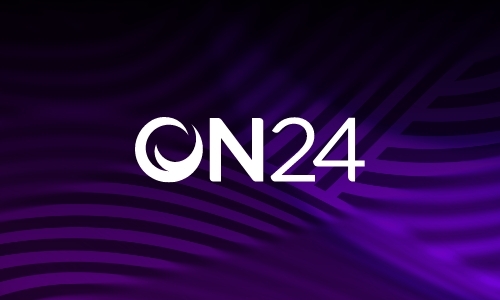
Establishing Trust in a Digital World: Best Practices for Virtual Client Engagement in Financial Services
23 July, 2025 11 AM PDT
Across financial services, digital channels are now the default means of communication. But amid eco...
-

Beyond the Webinar: How to Maximize On-demand Engagement to Nurture, Retarget, and Convert
23 July, 2025 11 AM PDT
According to our 2025 webinar benchmarks report, on-demand is in demand. In fact, 45% of atten...
-

Beyond the Webinar: How to Maximize On-demand Engagement to Nurture, Retarget, and Convert
24 July, 2025 11 AM BST
According to our 2025 webinar benchmarks report, on-demand is in demand. In fact, 45% of atten...
-

How to Multiply Your Webinar Impact with AI-Driven Content
30 July, 2025 11 AM PDT
Marketers are under pressure to deliver more — more leads, more content, more results — ...
-

How to Multiply Your Webinar Impact with AI-Driven Content
31 July, 2025 11 AM BST
Marketers are under pressure to deliver more — more leads, more content, more results — ...
-
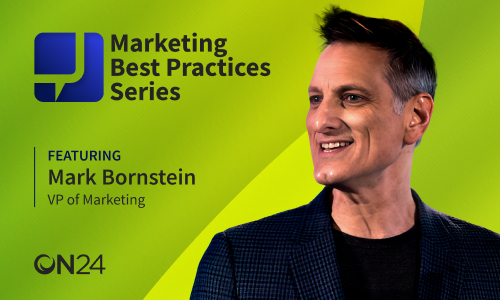
5 Virtual Event Types to Increase the Reach of Your Marketing
12 August, 2025 11 AM PDT
Virtual events are here to stay. Compared to physical events, they are more cost effective, offer gr...
-
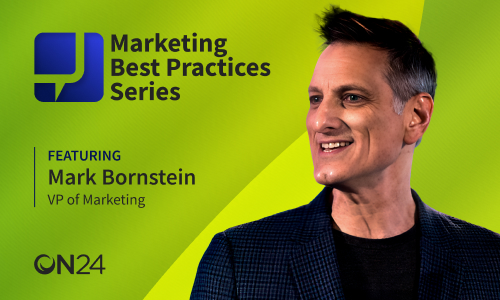
5 Virtual Event Types to Increase the Reach of Your Marketing
13 August, 2025 11 AM BST
Virtual events are here to stay. Compared to physical events, they are more cost effective, offer gr...
-
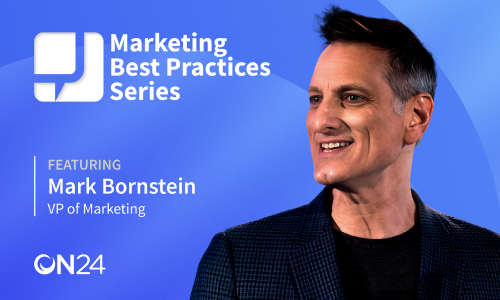
7 Ways to Avoid a Boring Webinar
On Demand
Webinars have become one of our most important channels to engage audiences and drive pipeline. Yet ...
-
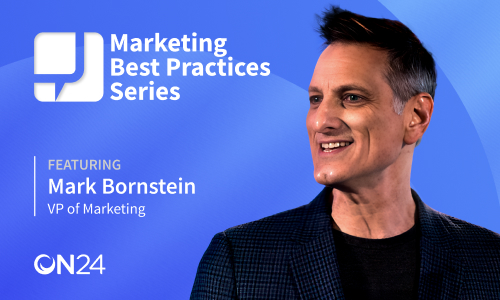
7 Ways to Avoid a Boring Webinar
On Demand
Webinars have become one of our most important channels to engage audiences and drive pipeline. Yet ...
Give your audience a better webinar experience
Create interactive and inspiring webinars that your audience loves, and deliver the results you need.

